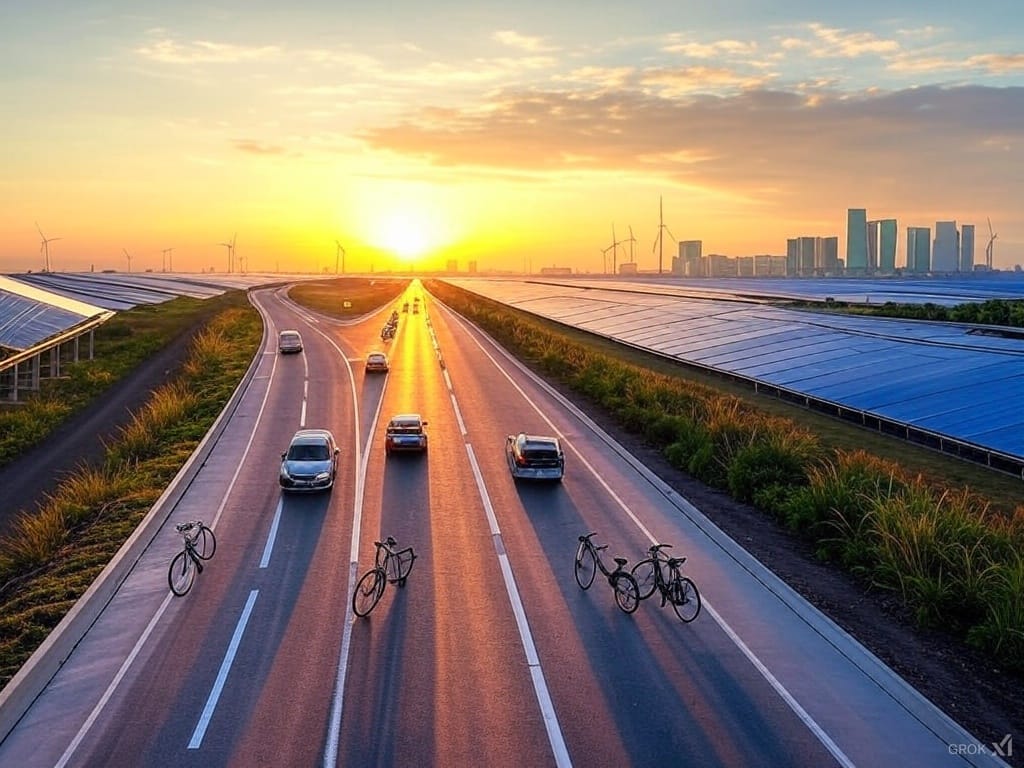The Rise of Electric Vehicles
Electric vehicles (EVs) are rapidly reshaping our roads. Advancements in battery technology, coupled with economies of scale, have led to a significant reduction in costs, making EVs a viable option for both consumers and fleet operators. Modern EVs not only promise lower emissions but also deliver impressive performance and reduced operating costs compared to traditional combustion engines.
In cities worldwide, public and private sectors are investing heavily in EV technology. Innovations such as regenerative braking, smart energy management, and improved thermal controls are enhancing battery longevity and performance. The shift toward electrification is not merely about replacing one type of engine with another—it’s a comprehensive transformation of our mobility ecosystem.
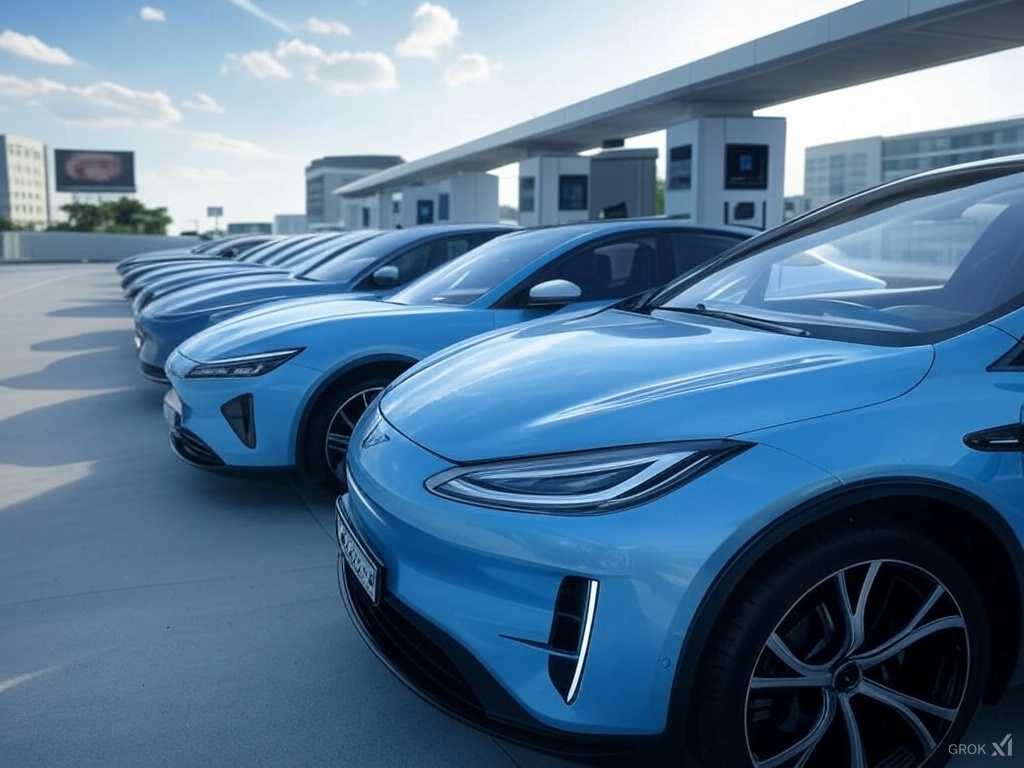
Building a Robust Charging Infrastructure
A critical component of the electrification journey is the development of an extensive and reliable charging network. As EV adoption accelerates, the demand for accessible and fast charging solutions has surged. Governments and private companies are collaborating to deploy high-speed charging stations along highways, in urban centers, and even at residential complexes. Innovative solutions such as wireless charging pads and mobile charging units are also being explored, promising to alleviate range anxiety and ensure that drivers can recharge seamlessly during their daily commutes. The evolution of charging infrastructure is fundamental to the widespread acceptance of EVs, as it directly influences consumer confidence and operational efficiency.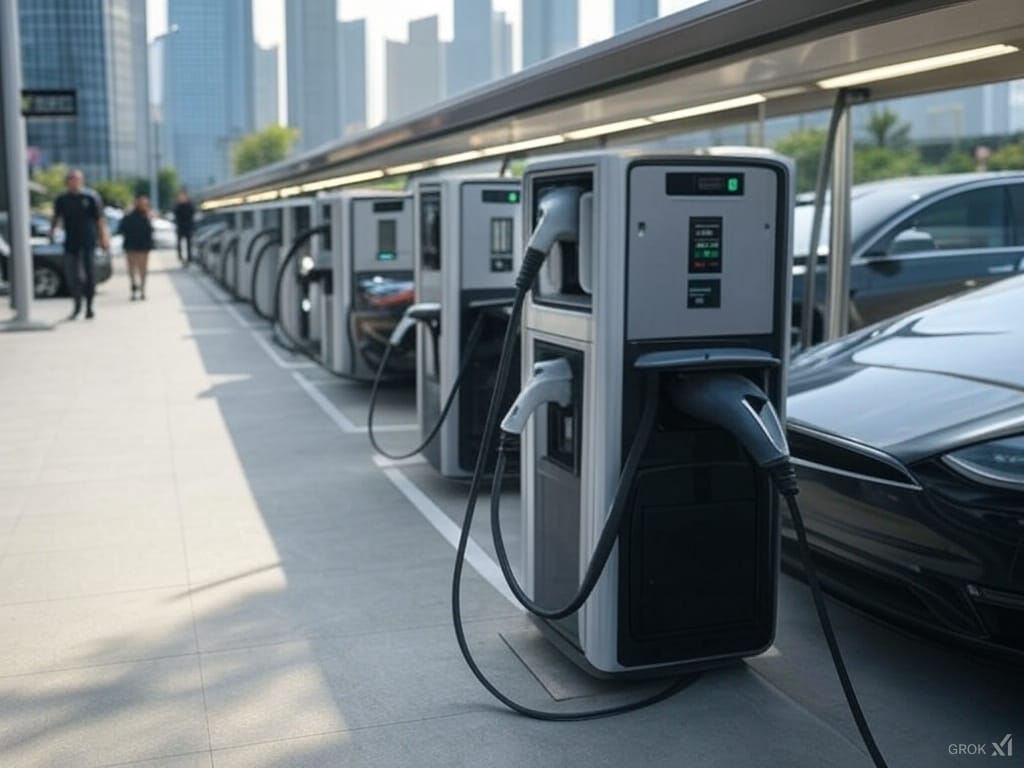
Renewable Energy Integration and Grid Resilience
Sustainable transportation hinges on more than just the vehicles themselves—it requires a harmonious integration with renewable energy sources. As solar and wind power generation continues to expand, the potential to power EVs using clean energy grows exponentially. This synergy not only reduces greenhouse gas emissions but also bolsters grid resilience through distributed energy resources.Smart grids and energy storage solutions are playing a pivotal role in managing the increased load from EV charging. These systems ensure that renewable energy is efficiently distributed and that excess power is stored for later use, further smoothing the transition toward a zero-emission transport sector.
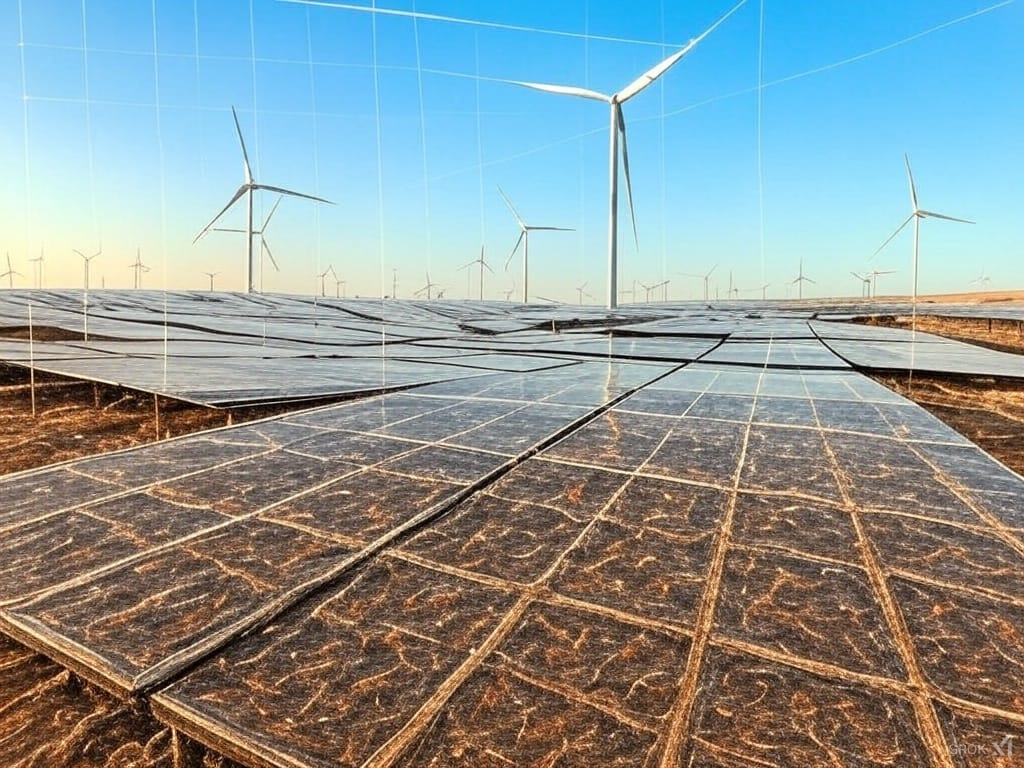
Policy, Incentives, and Market Dynamics
Government policies and market incentives have been crucial in accelerating the shift to sustainable transportation. Many countries have introduced robust measures, including tax rebates, grants, and stricter emissions regulations, to encourage the adoption of EVs and clean energy solutions. These initiatives have not only spurred consumer demand but have also driven significant investments in research and development.Moreover, public-private partnerships are fostering innovation and reducing the risk associated with large-scale infrastructure projects. As regulatory frameworks continue to evolve, they will play a central role in shaping the market dynamics of the electrification revolution, ensuring that economic growth and environmental stewardship go hand in hand.
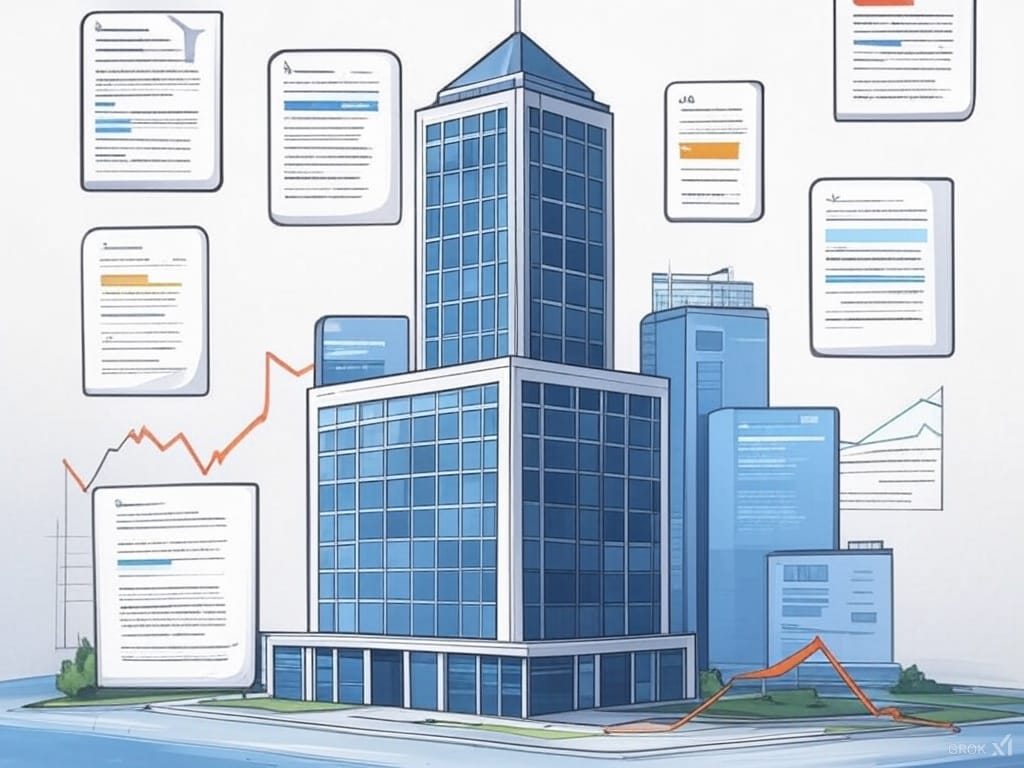
The Road Ahead: Challenges and Opportunities
Despite its promising outlook, the electrification of transportation is not without challenges. Key issues such as battery recycling, resource availability for critical minerals, and the need for widespread infrastructure upgrades remain. However, these obstacles also present opportunities for innovation and collaboration across industries.
Emerging technologies, such as solid-state batteries and vehicle-to-grid (V2G) systems, offer potential solutions that could address current limitations and unlock new levels of efficiency. As stakeholders—from policymakers to manufacturers—continue to invest in sustainable mobility, the journey toward a fully electrified transportation system will accelerate, transforming urban landscapes and reshaping our everyday lives.

Conclusion
The electrification and sustainable transformation of transportation represent a monumental shift in how we move and live. From the rise of electric vehicles and the expansion of charging networks to the integration of renewable energy and supportive policy frameworks, every element of the mobility ecosystem is evolving. Embracing these changes is essential for mitigating climate change, reducing urban congestion, and paving the way for a cleaner, more efficient future. As the world accelerates toward this green revolution, the collaboration between technology innovators, policymakers, and consumers will be key to driving lasting change. The road ahead is challenging, but the promise of a sustainable, electrified future is within reach—and it’s a journey worth taking.